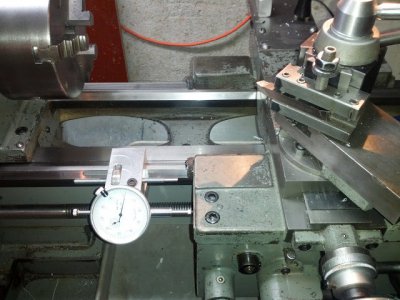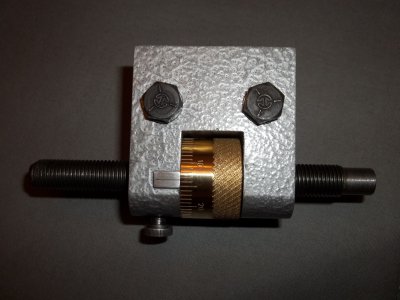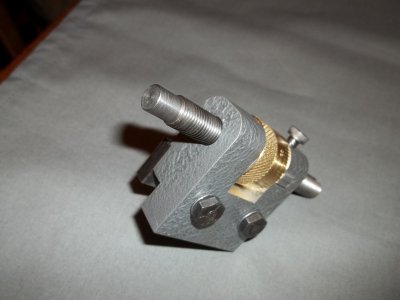- Joined
- Apr 1, 2013
- Messages
- 1,142
an e-stop can be included in a carriage stop, but obviously it will be a bit more complex as it needs to shut off and brake the spindle/gears immediately.
That said - for threading control you can do one of the following to avoid running into a shoulder:
1. cut a relief cut at the end of the threaded part so you don't have to thread all the way to the shoulder
2. thread from left to right (carriage moves from headstock to tailstock) - that way you start at the shoulder, and never have to worry about hitting anything. keep in mind to stay with a LH or RH thread you would need to position the cutter accordingly when moving in "reverse"
A third way to do this is to stop the lathe and turn the chuck by hand. (you can make a hand crank for the spindle for this) I prefer a relief when possible. And of course there is always use a Die.
Yes this is soley for use manualy I do power feed up to it but then I go by hand. Thanks to all for the possitive feed back.




